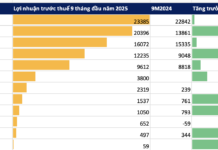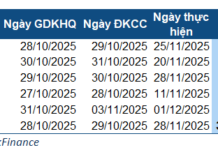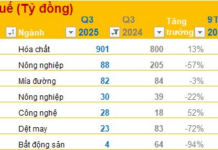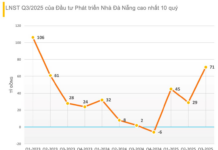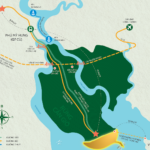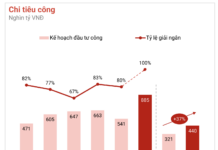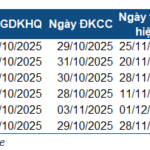The Department of Construction Management for Road Traffic Works (Ho Chi Minh City Department of Construction) has recently announced key transportation projects aimed at reducing congestion in the southern area of the city. These include the Nguyen Khoai Bridge and Road, Binh Tien Bridge and Road, and National Highway 50.
These projects are pivotal in completing the urban transportation network and fostering the development of the southern urban space in Ho Chi Minh City during the 2025-2030 period.
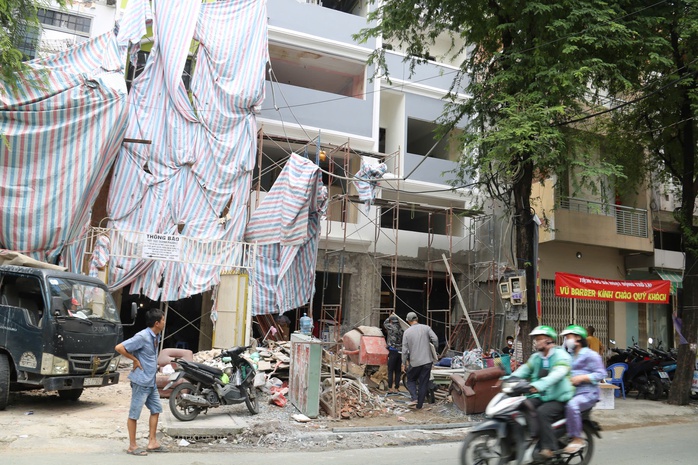
The Nguyen Khoai Bridge and Road project is accelerating land clearance, expected to alleviate traffic congestion in the southern area of Ho Chi Minh City upon completion.
According to the Department of Construction, the Nguyen Khoai Bridge and Road project plays a crucial role in reducing traffic pressure on major routes such as Nguyen Tat Thanh, Nguyen Huu Tho, Kenh Te Bridge, and Duong Ba Trac. It also helps resolve traffic bottlenecks at the southern gateway and enhances inter-regional connectivity.
The project is currently in the compensation and pre-construction phase, with groundbreaking expected in 2025. Upon completion, it will significantly improve traffic conditions and stimulate development in urban areas, services, and residential communities along the route.
For the three key projects—Nguyen Khoai Bridge and Road, Binh Tien Bridge and Road, and National Highway 50—Ho Chi Minh City is prioritizing resource allocation and resolving procedural and land clearance issues to ensure timely commencement and completion within the 2025-2030 period.
The launch of these projects is anticipated to create a strong ripple effect, promoting synchronized infrastructure development and connecting the southern area with the city center and surrounding regions, thereby enhancing the urban transportation network.
Regarding project progress monitoring, the Department of Construction reports that projects are currently tracked through periodic reports and on-site inspections. However, with the application of AI, the detection and warning of potential delays for contractors will be automated, faster, and more accurate.
This is a global trend and aligns with the directives of the Prime Minister and the Ministry of Construction to enhance the application of technology, particularly Building Information Modeling (BIM), in construction investment management.
Currently, the Department of Construction is advising the City People’s Committee to implement the combined application of BIM and GIS in construction activities in Ho Chi Minh City, in line with the government’s digital transformation roadmap. This technology not only improves management efficiency and progress monitoring but also contributes to building a unified urban data foundation, aiming to transform Ho Chi Minh City into a smart, modern, and sustainably developed city.
Ho Chi Minh City: Metro Line 2 to Operate Autonomously, Driverless
Revolutionizing urban transportation, Metro Line 2 integrates cutting-edge GOA4 automation, ensuring a fully driverless system. Designed for efficiency, it boasts a top speed of 90 km/h, with operational speeds reaching up to 80 km/h, setting a new standard for modern transit networks.
Transforming Connectivity: Major Transport Projects Linking Can Gio Set to Commence in 2026
A series of pivotal transportation projects connecting Can Gio are set to transform the region’s infrastructure. These include the Rung Sac interchange with the Ben Luc – Long Thanh Expressway, the Can Gio Bridge, and the Ho Chi Minh City – Can Gio metro line, all slated to begin construction in 2026. Additionally, the proposed Can Gio – Vung Tau sea-crossing road is under investment study, further propelling the area into a new era of infrastructure development.
Revolutionary New Signal for Vingroup’s Proposal: Vietnam’s Most Advanced Sea Crossing, Set to Lead the Region
The Ho Chi Minh City Department of Finance has submitted a proposal to the city authorities regarding this project.






